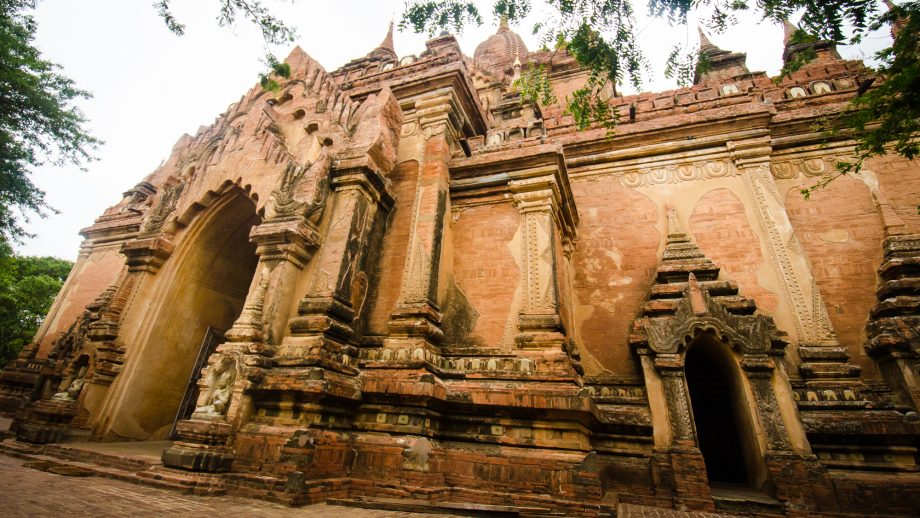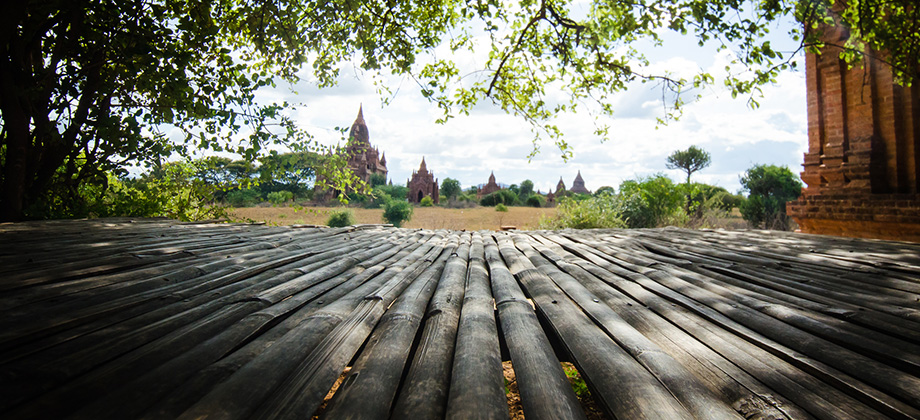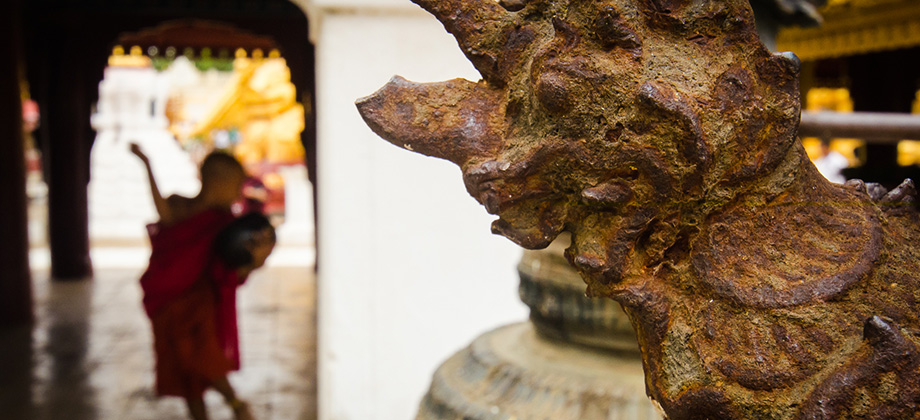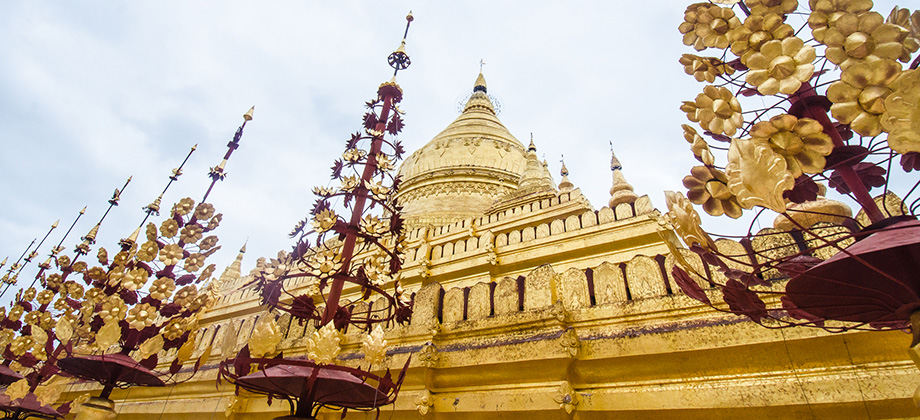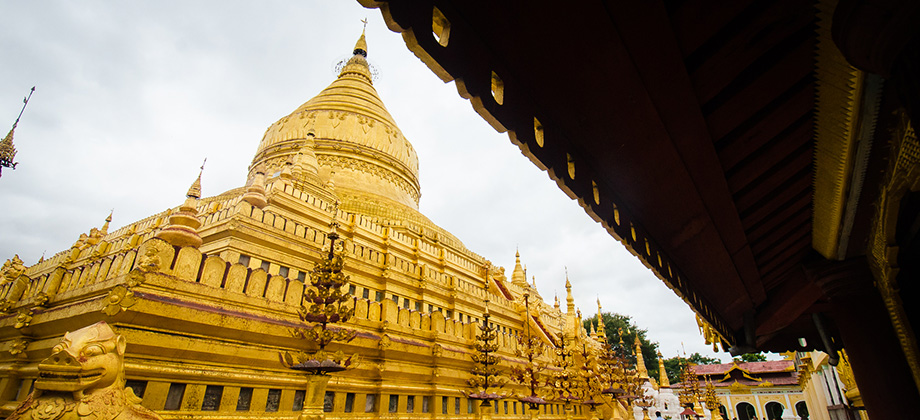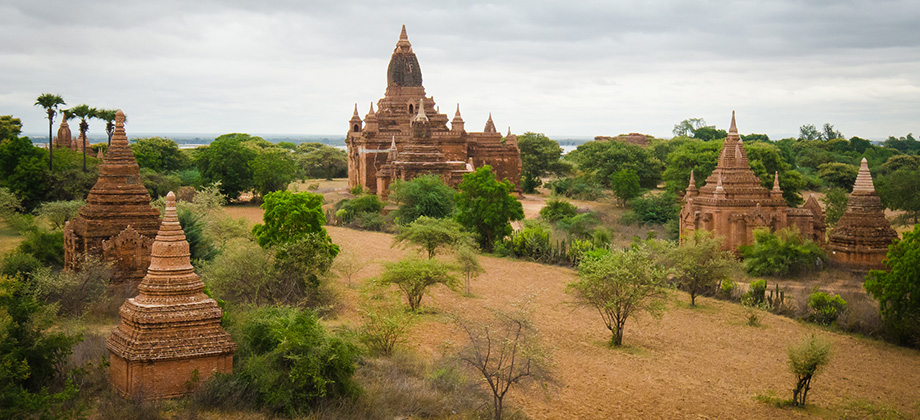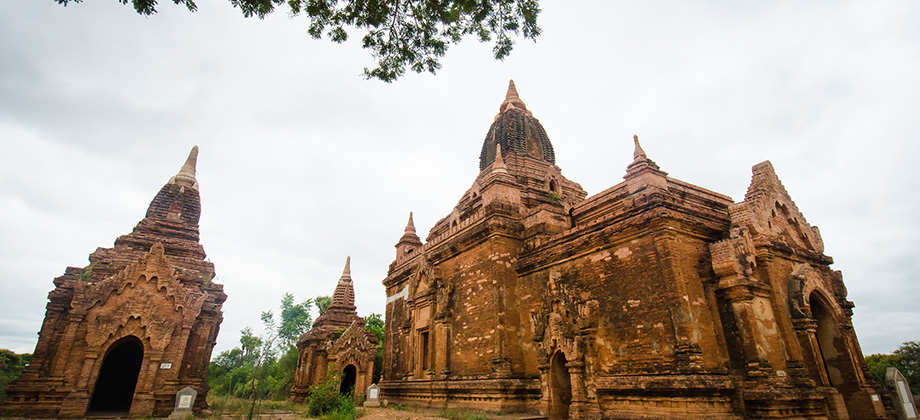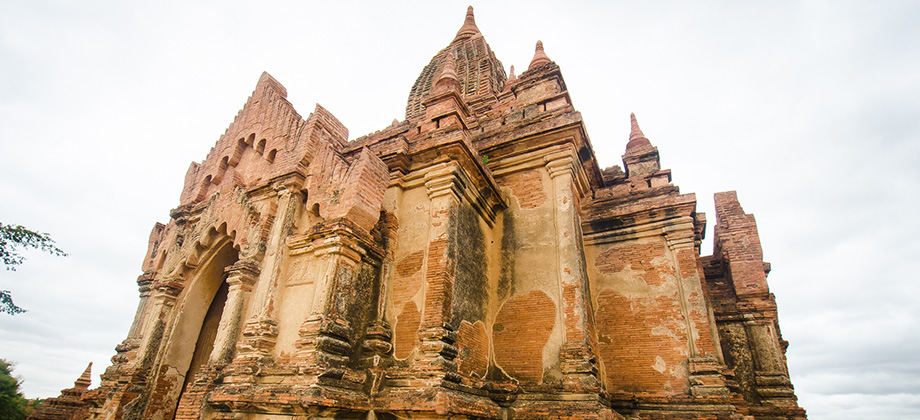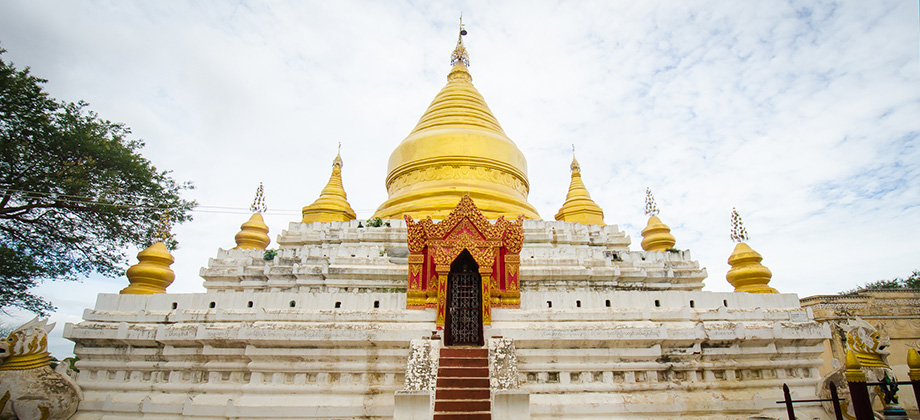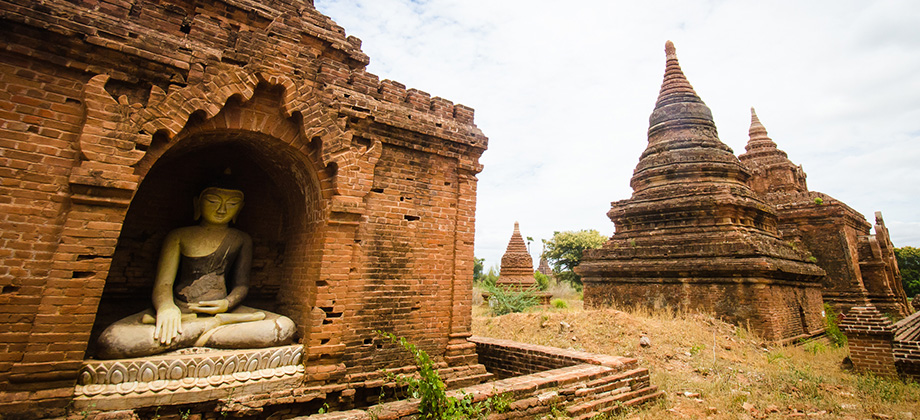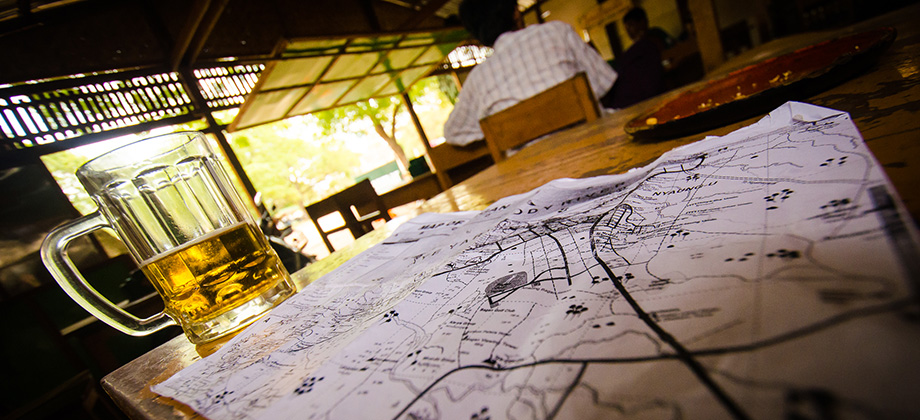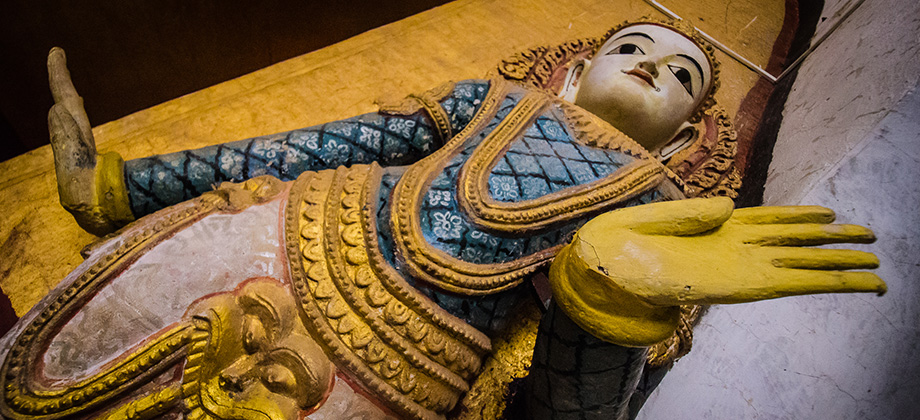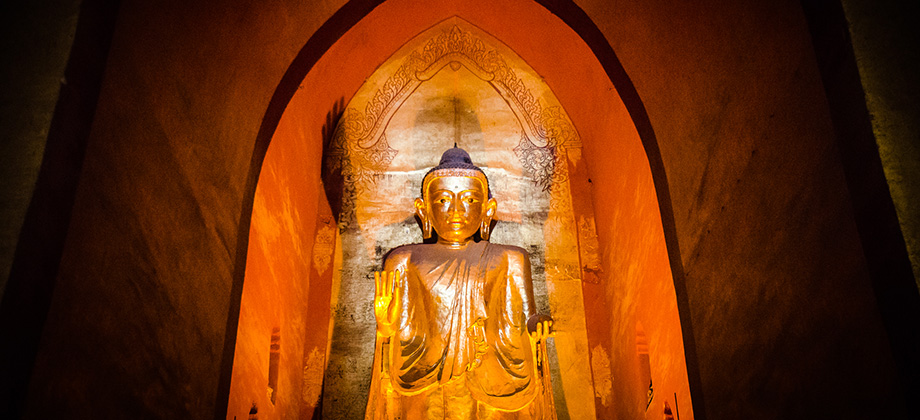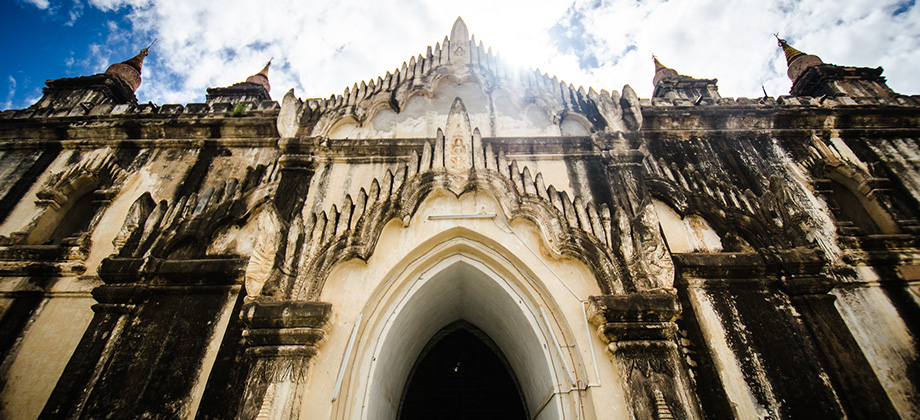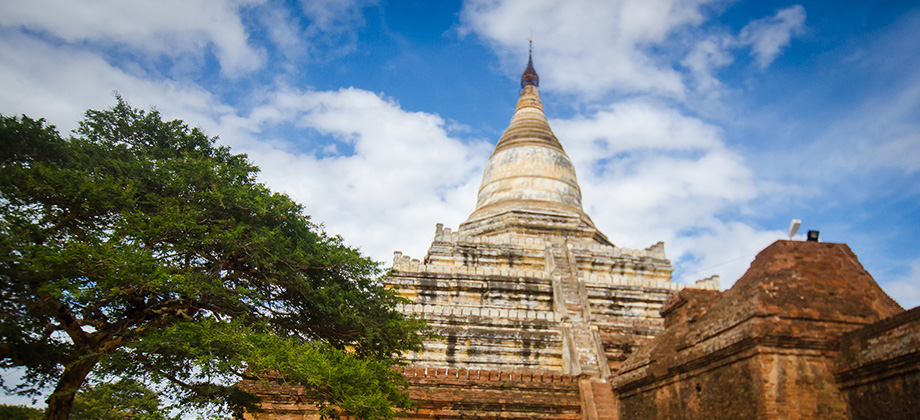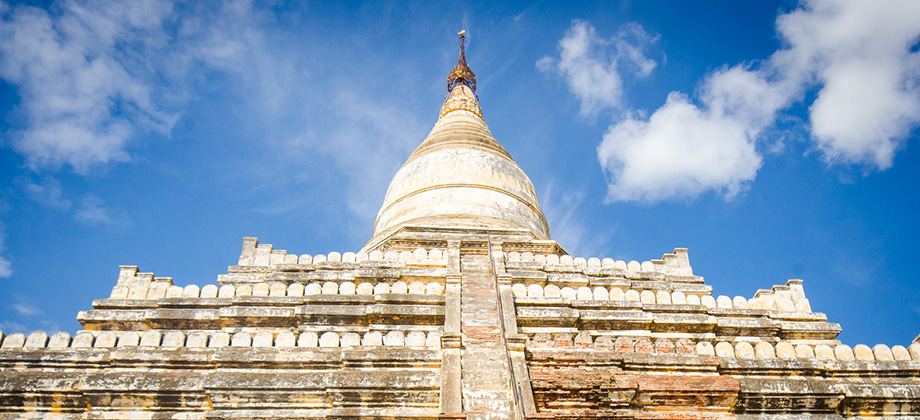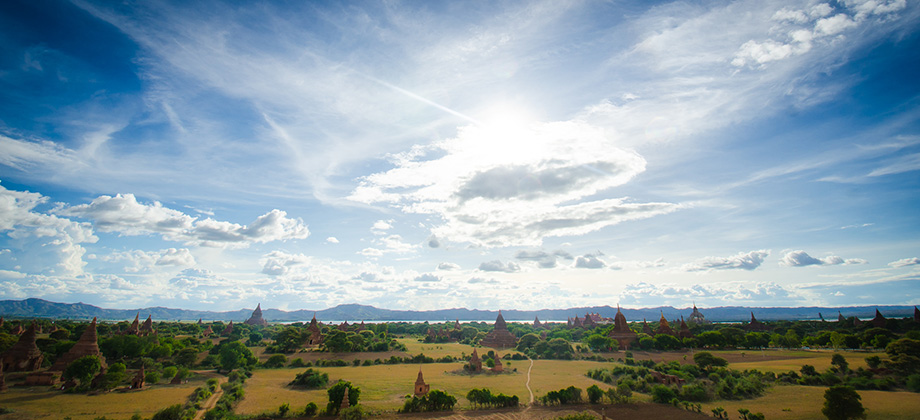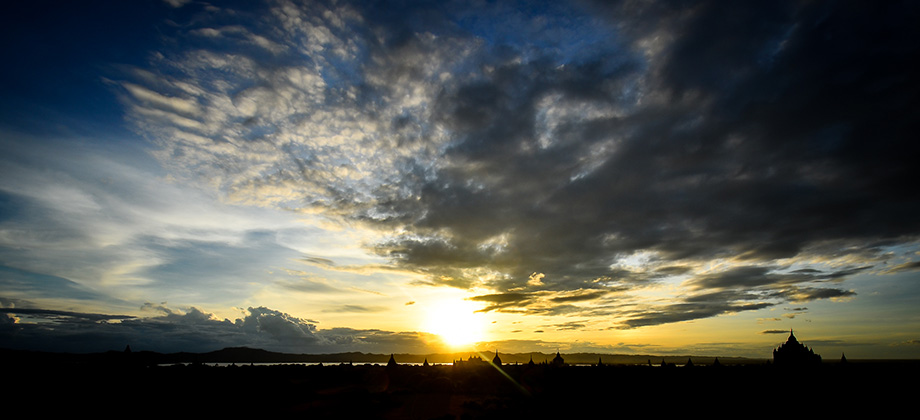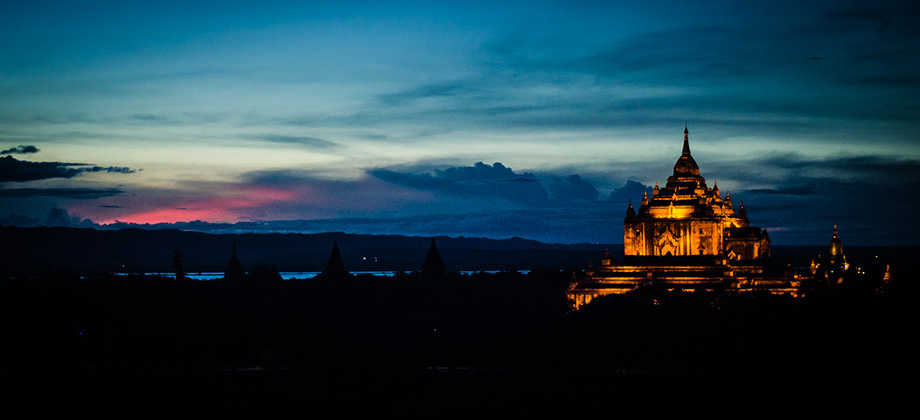July 20, 2013
Posted by Ramon Fadli in Budget, Cycling, Dry Broadleaf Forests, Mandalay, Myanmar, Semi-arid Steppe, Solo Hike, Sunrise & Sunset
Bagan
Thagya Hit Temple
Type of monument : Type II Temple (Kundaung Pauk Gu)
Location : West of Wetkyi-In Village
Region : Nyaung U & Wetkyi-In
Built by : Unknown
Date : 13th Century
Monument Number : 249
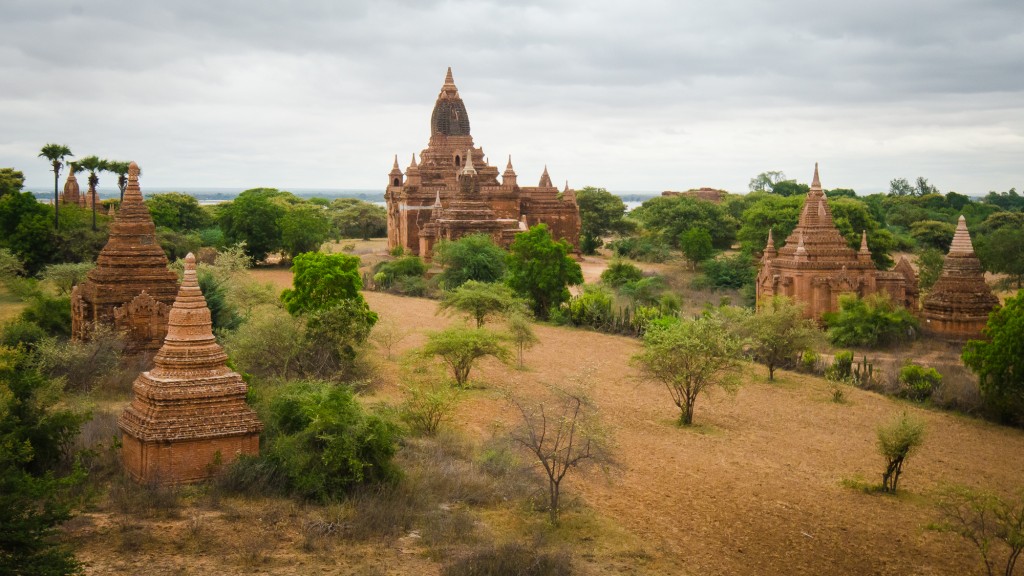
Thagya Pone Temple
Type of monument : Type II Temple (Kundaung Pauk Gu)
Location : west of Wetkyi-In Village
Region : Nyaung U & Wetkyi-In
Built by : King Kyansitthar
Date : 13th Century
Monument Number : 235
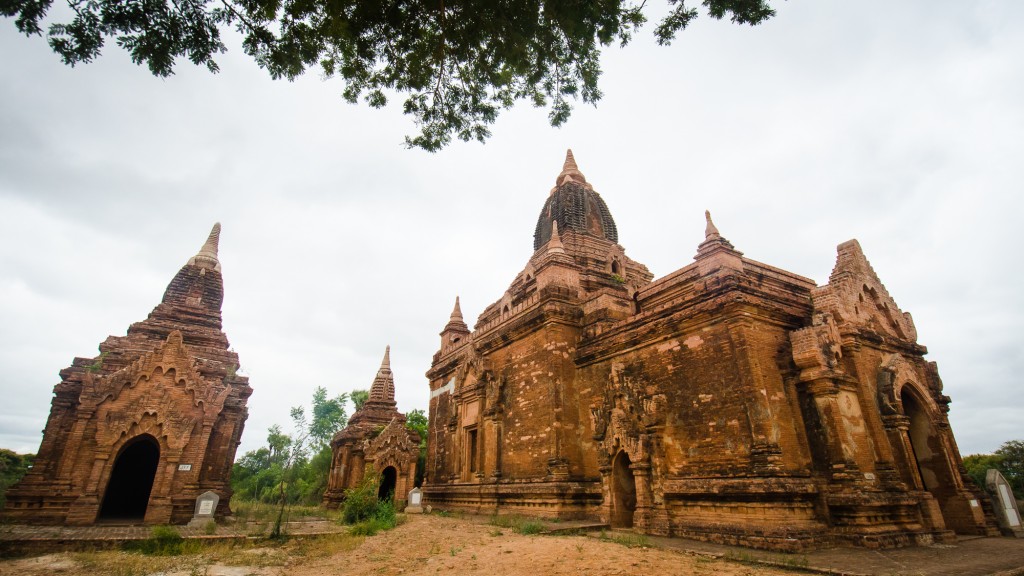
Shwe Laik Tu Temple
Type of monument : Type III Temple (Kundaung Pauk Gu)
Location : north-east of Htilominlo Temple
Region : Nyaung U & Wetkyi-In
Built by : Unknown
Date : 13th Century
Monument Number : 259
Htilominlo Temple
Type of monument : Type II Temple (Kundaung Pauk Gu)
Location : south of Bagan Nyaung-U Main Road
Region : Old Bagan
Built by : King Nadaungmya @ King Zeya Theinkha
Date : A.D 1218
Monument Number : 1812
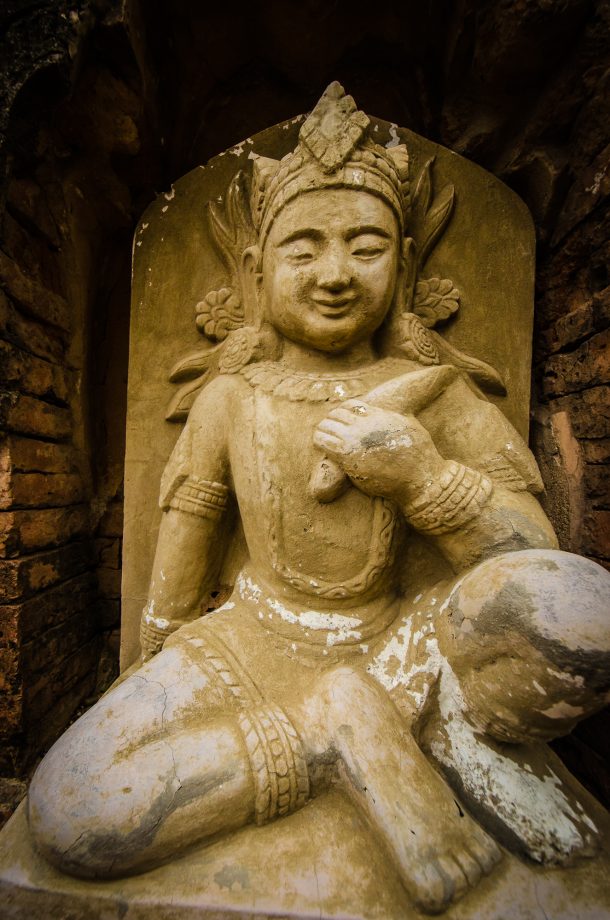 According to legend, Htilominlo was 'chosen' to be the succeeding King out of the five sons of King Narapatisithu on the exact spot that the temple was built. Apparently the five sons had to stand in a circle with a white umbrella in the centre. The next king was then chosen when the umbrella would tilt and point towards one of the sons. The Htilominlo Temple itself is fairly impressive and towers almost 46 metres high. It is known to be the last 'Myanmar Style' temple that was built in Bagan.
As I entered the temple I was approached by someone in uniform asking to see my 'ticket'. I was surprised by this as I had not gone through or past any ticketing booth earlier and found it a little strange that the tickets for the entire Archaeological Park were being sold at this temple rather than at a park entrance. The ticket ended up costing MMK15000 and it looked fairly legitimate although there was no way for me to know if it was for sure.
The temple had a large inner walkway that was lined with a green carpet and had carvings with small statues adorning the walls. Since the touts seemed to remain outside the temple, I was able to wander around the walkway in peace, exploring and inspecting the depictions of mythological animals in the stucco and the glazed terracotta plaques with scenes from the Jataka tales. As I exited the temple however, I was swarmed once again by touts trying to convince me that I needed to purchase souvenirs, some going so far as to try and convince me to follow another group that a guide was bringing to another temple somewhere.
By this point I was already starting to get used to switching back and forth between a quiet and deep, almost introspective serenity as the sheer age of the timeless temples washed over and through me; and sheer exasperation at the desperation of the ubiquitous touts.
According to legend, Htilominlo was 'chosen' to be the succeeding King out of the five sons of King Narapatisithu on the exact spot that the temple was built. Apparently the five sons had to stand in a circle with a white umbrella in the centre. The next king was then chosen when the umbrella would tilt and point towards one of the sons. The Htilominlo Temple itself is fairly impressive and towers almost 46 metres high. It is known to be the last 'Myanmar Style' temple that was built in Bagan.
As I entered the temple I was approached by someone in uniform asking to see my 'ticket'. I was surprised by this as I had not gone through or past any ticketing booth earlier and found it a little strange that the tickets for the entire Archaeological Park were being sold at this temple rather than at a park entrance. The ticket ended up costing MMK15000 and it looked fairly legitimate although there was no way for me to know if it was for sure.
The temple had a large inner walkway that was lined with a green carpet and had carvings with small statues adorning the walls. Since the touts seemed to remain outside the temple, I was able to wander around the walkway in peace, exploring and inspecting the depictions of mythological animals in the stucco and the glazed terracotta plaques with scenes from the Jataka tales. As I exited the temple however, I was swarmed once again by touts trying to convince me that I needed to purchase souvenirs, some going so far as to try and convince me to follow another group that a guide was bringing to another temple somewhere.
By this point I was already starting to get used to switching back and forth between a quiet and deep, almost introspective serenity as the sheer age of the timeless temples washed over and through me; and sheer exasperation at the desperation of the ubiquitous touts.
